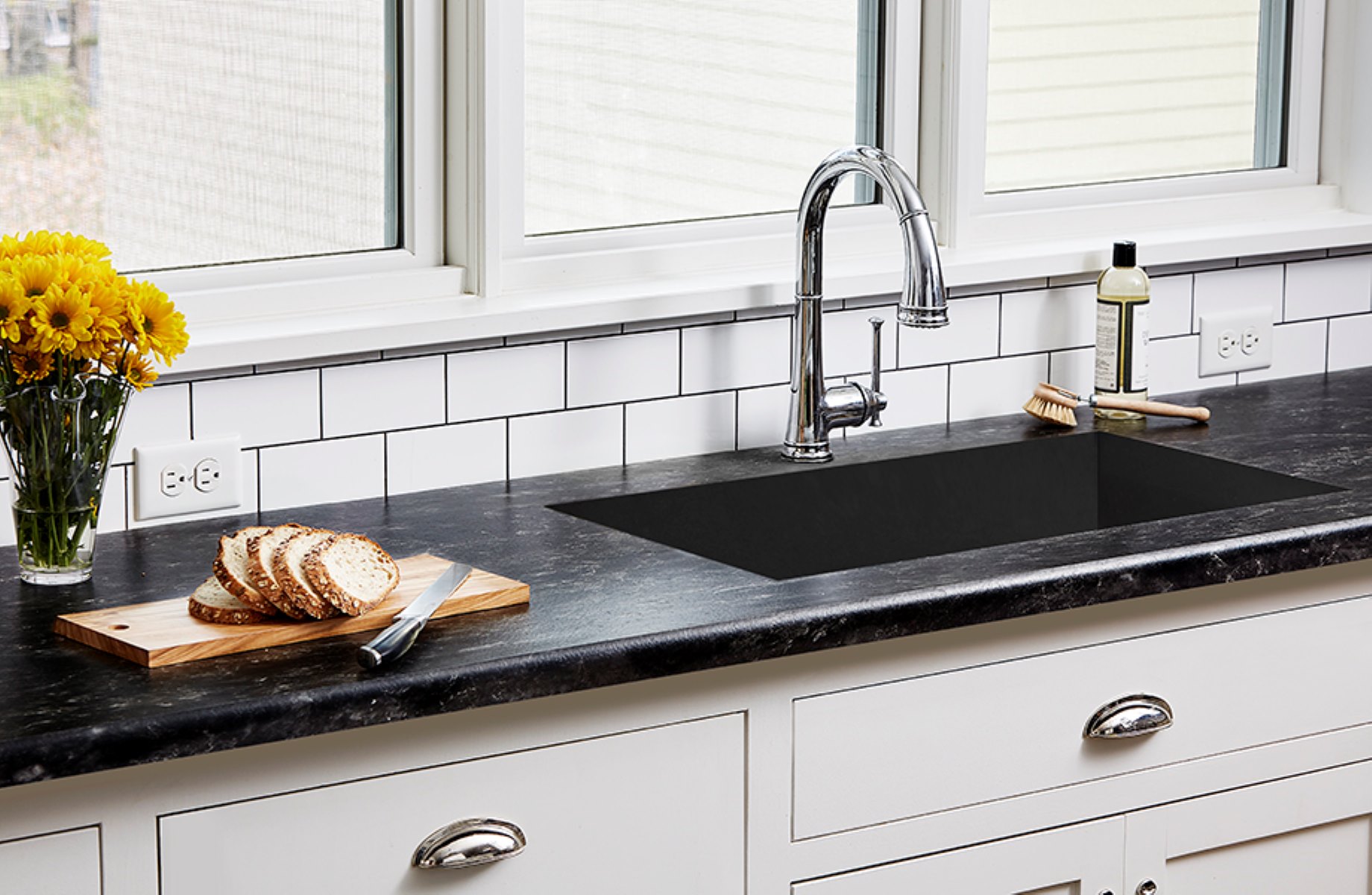

Articles
What Are Formica Countertops
Modified: January 18, 2024
Discover the benefits and drawbacks of Formica countertops in this comprehensive articles. Learn more about their durability, cost-effectiveness, and various design options for your kitchen or bathroom renovation.
(Many of the links in this article redirect to a specific reviewed product. Your purchase of these products through affiliate links helps to generate commission for Storables.com, at no extra cost. Learn more)
Introduction
When it comes to choosing countertops for your kitchen or bathroom, there are a multitude of options available. From natural stone to engineered quartz, the choices can be overwhelming. However, if you are looking for a durable and cost-effective solution, Formica countertops may be the perfect choice for you.
Formica is a brand known for its high-quality laminate surfaces that are widely used in residential and commercial settings. With a wide range of colors, patterns, and finishes available, Formica countertops allow you to achieve the look of natural materials without breaking the bank.
In this article, we will explore what Formica countertops are and discuss their advantages and disadvantages. We will also provide tips for cleaning and maintaining these countertops, as well as popular design options. Additionally, we will compare Formica countertops with other materials and consider the cost factor.
If you are considering installing or replacing countertops in your home, read on to discover whether Formica countertops are the right choice for you!
Key Takeaways:
- Formica countertops offer a cost-effective, durable, and versatile solution for homeowners and businesses. With a wide range of design options and low maintenance requirements, Formica provides a practical and visually appealing choice for anyone looking to enhance their kitchen or bathroom.
- While Formica countertops may have some drawbacks, such as susceptibility to scratches and visible seams, these can be mitigated through proper care and installation. With the potential for customization and a significantly lower price point compared to premium materials, Formica is an attractive option for those on a budget or looking to renovate on a smaller scale.
Read more: Where To Buy Formica Countertops
What is Formica?
Formica is a popular brand that manufactures laminate surfaces, including countertops. Laminate is made by layering multiple materials together, typically a decorative plastic layer on top of a durable core material. Formica countertops are highly regarded for their durability and affordability, making them a popular choice for homeowners and businesses alike.
The brand name “Formica” has become synonymous with laminate countertops, much like “Kleenex” is often used to refer to tissues. However, it is important to note that Formica is just one of many manufacturers of laminate countertops.
Laminate countertops consist of several layers. The core material, typically composed of particleboard or plywood, provides stability and strength to the countertop. On top of the core, a decorative layer is applied, which can mimic the look of various materials such as wood, stone, or even metal. The top layer, known as the wear layer, is a tough and protective coating that adds durability and resistance to stains, scratches, and heat.
Formica countertops are available in a wide range of colors, patterns, and finishes. Whether you prefer a sleek and modern look or a classic and timeless design, you can find a Formica countertop that suits your style and aesthetic preferences. From solid colors to natural stone patterns and even high-gloss finishes, the versatility of Formica countertops allows for endless design possibilities.
One of the key advantages of Formica countertops is their affordability. Compared to natural stone or engineered quartz, Formica countertops are generally more wallet-friendly. This makes them an attractive option for budget-conscious homeowners or those who are looking to remodel on a tight budget.
In addition to their affordability, Formica countertops are also easy to install. They can be directly applied to the existing countertop surface or installed over a plywood or particleboard base. This makes them a convenient choice for DIY enthusiasts or individuals who prefer to save money by installing the countertops themselves.
Now that we have explored what Formica countertops are, let’s delve into the advantages and disadvantages of choosing this type of countertop.
Advantages of Formica Countertops
Formica countertops offer a variety of advantages that make them a popular choice among homeowners. Here are some of the key benefits of choosing Formica countertops:
- Affordability: One of the primary advantages of Formica countertops is their affordability. They are considerably less expensive compared to natural stone or engineered quartz countertops, making them a cost-effective option for those on a budget.
- Durability: Formica countertops are known for their durability. The laminate surface is resistant to scratches, stains, and heat, making it ideal for kitchens and bathrooms where spills and cooking accidents are common. With proper care, Formica countertops can withstand everyday use and maintain their appearance for years to come.
- Wide Range of Design Options: Formica offers an extensive selection of colors, patterns, and finishes, allowing homeowners to find the perfect countertop to match their style and aesthetic preferences. Whether you prefer the classic look of granite or the sleek appearance of a solid color, there is a Formica countertop design to suit every taste.
- Low Maintenance: Formica countertops are relatively low maintenance compared to other countertop materials. They are easy to clean with just mild soap and water, and they do not require sealing or special treatments like natural stone countertops. Formica surfaces are also resistant to bacteria, making them a hygienic choice for kitchens and bathrooms.
- Versatility: Formica countertops can be used in various applications. They are suitable for both residential and commercial settings, making them a versatile option for homeowners, as well as restaurants, offices, and other businesses. Formica can be shaped and cut to fit different countertop layouts, allowing for customization and flexibility in design.
- Easy Installation: Installing Formica countertops is a relatively simple process. They can be installed directly over existing countertops, reducing the need for extensive demolition or remodeling. DIY enthusiasts can save on installation costs by tackling the project themselves, but it is also recommended to consult a professional to ensure a seamless and accurate installation.
These advantages make Formica countertops a practical and cost-effective choice for homeowners who want durable and stylish surfaces without breaking the bank. However, it is essential to consider the potential disadvantages of Formica countertops before making a final decision. Let’s explore the downsides of Formica countertops in the following section.
Disadvantages of Formica Countertops
While Formica countertops offer numerous advantages, it is important to be aware of their potential drawbacks as well. Here are some of the disadvantages to consider before choosing Formica countertops:
- Prone to Scratches and Chips: While Formica countertops are durable, they are not completely resistant to scratches and chips. Sharp objects or heavy impacts can potentially damage the laminate surface, requiring repairs or replacement. It is important to use cutting boards and take precautions to prevent accidental damage.
- Not Heat Resistant: Formica countertops are not as heat resistant as natural stone or engineered quartz countertops. Placing hot pots, pans, or other hot objects directly on the surface can cause damage, including burns or discoloration. It is crucial to use trivets or heat-resistant pads to protect the countertop from excessive heat.
- Visible Seams: Depending on the size and layout of the countertop, visible seams may be present where individual sheets of laminate are joined together. While skilled installers can minimize the visibility of seams, it is important to consider this aspect when choosing Formica countertops, especially for larger countertop areas.
- Limited Repair Options: In the event of significant damage, repairs to Formica countertops can be challenging. While minor scratches or chips can often be repaired with special laminate repair kits, extensive damage may require replacing the entire countertop. It is essential to follow proper care and maintenance practices to minimize the likelihood of significant damage.
- Not as Resistant to Stains: While Formica countertops are resistant to many stains, certain substances like strong dyes or acidic liquids can potentially leave permanent marks. It is important to promptly clean up spills and avoid using abrasive cleaners that may damage the laminate surface.
- Perception of Lower Quality: Despite the improvements in the quality and design options of Formica countertops, some individuals may still perceive them as less luxurious compared to natural stone or higher-end materials. This can be a subjective consideration based on personal preferences and expectations.
It is crucial to weigh these disadvantages against the advantages and your specific needs and preferences. For many homeowners, the benefits of Formica countertops outweigh the drawbacks. However, it is essential to make an informed decision and choose the countertop material that best suits your lifestyle and budget.
Now that we have explored the advantages and disadvantages of Formica countertops, let’s move on to discussing how to clean and maintain these surfaces.
How to Clean and Maintain Formica Countertops
Proper cleaning and maintenance are essential to keep your Formica countertops looking their best and prolong their lifespan. Here are some tips to help you clean and maintain your Formica countertops:
- Regular Cleaning: Wipe down your countertops daily with a soft cloth or sponge using mild soap and warm water. Avoid abrasive cleaners or scrub brushes, as they can scratch the surface. Dry the countertop with a clean cloth or allow it to air dry to prevent water spots.
- Stain Removal: If you encounter a stubborn stain, create a paste using baking soda and water. Apply the paste to the stain and gently scrub with a soft cloth or sponge. Rinse the area with clean water and dry it thoroughly.
- Avoid Harsh Chemicals: Avoid using harsh chemicals such as bleach, ammonia, or abrasive cleaners on Formica countertops. These can damage the laminate surface and cause discoloration. Stick to mild, non-abrasive cleaners specifically formulated for laminate surfaces.
- Protect from Heat: To prevent damage from hot objects, always use trivets, hot pads, or cutting boards when placing hot pots, pans, or heat-generating appliances on the countertop. Avoid setting hot objects directly on the laminate surface to prevent burns or discoloration.
- Prevent Scratches: While Formica countertops are durable, it is still important to take precautions to prevent scratches. Use cutting boards and avoid cutting directly on the countertop surface. Additionally, use caution with abrasive cleaning tools that can scratch the laminate.
- Avoid Moisture Buildup: Excess moisture can seep into seams and edges of Formica countertops, potentially causing damage over time. Wipe up spills promptly and dry the countertop thoroughly to prevent moisture buildup.
- Use Protective Measures: Consider using mats or coasters under appliances, and be cautious when handling heavy or sharp objects near the countertop edges to prevent chipping or damage.
- Regular Inspections: Periodically inspect your Formica countertops for any signs of damage, such as cracks, scratches, or loose edges. Address any issues promptly to prevent further damage and ensure the longevity of your countertops.
By following these cleaning and maintenance practices, you can keep your Formica countertops in excellent condition and preserve their appearance for years to come.
Next, let’s explore some popular design options available for Formica countertops.
When cleaning Formica countertops, avoid using abrasive cleaners or scouring pads as they can scratch the surface. Instead, use a mild soap and water solution or a non-abrasive household cleaner.
Read more: How To Replace Formica Countertops
Popular Design Options for Formica Countertops
Formica countertops offer a wide range of design options to suit various styles and preferences. Whether you prefer a classic, contemporary, or unique look, here are some popular design options for Formica countertops:
- Granite and Marble Look: Formica countertops can mimic the look of luxurious natural stone, such as granite or marble. These designs offer the elegance and beauty of natural stone without the high cost and maintenance associated with it.
- Woodgrain Patterns: If you prefer a warm and inviting aesthetic, Formica countertops with woodgrain patterns can be an excellent choice. From traditional oak and maple to modern reclaimed wood designs, there are various options available to create the look of natural wood surfaces.
- Solid Colors: For a sleek and uniform appearance, solid color Formica countertops are a popular choice. They come in a variety of shades and hues, allowing you to match or contrast with your kitchen or bathroom color scheme.
- Patterned Designs: Formica countertops offer an array of unique and eye-catching patterns. From abstract designs to geometric patterns, you can add visual interest and personality to your space with these statement-making countertops.
- High-Gloss Finish: For a contemporary and polished look, Formica countertops with a high-gloss finish are a great option. These countertops reflect light and create a sense of depth, adding a touch of sophistication to any kitchen or bathroom.
- Custom Edges: Formica countertops can be customized with different edge profiles to further personalize your countertop design. Options such as beveled, bullnose, or waterfall edges can enhance the overall look and provide a finishing touch to your countertops.
- Color-Matched Edges: To create a seamless and cohesive appearance, consider choosing Formica countertops with color-matched edges. This allows the laminate surface to flow smoothly into the edges, creating a unified and sleek look.
- Backsplashes: Formica offers matching laminate materials for backsplashes, allowing you to coordinate the countertop and backsplash for a cohesive and integrated design. This ensures that your countertops and backsplashes complement each other in terms of color and pattern.
The versatility of Formica countertops allows you to create a beautiful and unique design that reflects your personal style and preferences. Whether you prefer a classic, modern, or bold look, there is a Formica design option to suit your vision.
Now that we have explored the design options, let’s compare Formica countertops with other popular countertop materials.
Comparing Formica Countertops with Other Materials
When choosing countertops, it is essential to consider the various materials available and how they compare to Formica. Here is a comparison of Formica countertops with other popular countertop materials:
- Natural Stone (e.g., Granite, Marble): Natural stone countertops offer a high-end and luxurious look, but they come with a higher price tag compared to Formica. While natural stone is durable and heat resistant, it requires regular sealing and maintenance. Formica countertops, on the other hand, provide a similar aesthetic at a fraction of the cost and with lower maintenance requirements.
- Engineered Quartz: Engineered quartz countertops offer durability, heat resistance, and a wide range of design options. However, they are generally more expensive than Formica countertops. Quartz is non-porous and requires minimal maintenance, while Formica has greater design versatility and affordability.
- Solid Surface (e.g., Corian): Solid surface countertops are known for their seamless appearance, as they can be formed to create integrated sinks and backsplashes. While solid surface materials offer design flexibility, they are typically more expensive than Formica. Additionally, solid surface materials may require more regular maintenance to prevent scratches and stains.
- Butcher Block: Butcher block countertops provide a warm and natural appearance and are popular in rustic and farmhouse-style kitchens. However, they require regular sealing and upkeep to prevent moisture damage and bacterial growth. Formica countertops offer a similar visual appeal at a lower cost and with less maintenance.
- Stainless Steel: Stainless steel countertops are favored for their sleek and modern look, as well as their durability and resistance to heat and stains. However, they can be expensive and prone to scratches and fingerprints. Formica countertops can mimic the look of stainless steel while offering greater affordability and easier maintenance.
When comparing Formica countertops with other materials, it is important to consider factors such as budget, maintenance requirements, durability, and aesthetic preferences. Each material has its own advantages and disadvantages, and the choice ultimately depends on your individual needs and priorities.
Finally, let’s discuss the cost factor associated with Formica countertops.
Cost of Formica Countertops
One of the significant advantages of Formica countertops is their affordability. When compared to other materials like natural stone or engineered quartz, Formica countertops are considerably more budget-friendly. The cost of Formica countertops can vary depending on several factors:
- Size of the Countertop: The size of the countertop area will impact the overall cost. Larger countertops will require more material, which will increase the total cost. On the other hand, smaller countertops will be more affordable.
- Design and Finish: Formica offers a wide range of designs, patterns, and finishes to choose from. The cost of the countertop may vary based on the complexity of the design or the popularity and availability of specific finishes. Some specialty designs or high-gloss finishes may have a higher price point.
- Edge Treatment: Custom edge options, such as beveled or bullnose edges, can add to the cost of Formica countertops. While standard straight edges are more budget-friendly, choosing a custom edge treatment will require additional labor and materials.
- Installation: The cost of installation will depend on whether you hire a professional or opt for a DIY installation. Hiring a professional installer will incur additional labor costs but will ensure a proper and seamless installation. DIY installations can help save money if you have the necessary skills and equipment.
- Additional Features: If you choose to incorporate additional features such as integrated sinks or backsplashes, this will increase the overall cost of the countertops. These customizations require more labor and materials, adding to the final price.
As a rough estimate, Formica countertops typically range from $20 to $50 per square foot, including materials and installation. However, it is essential to obtain quotes from suppliers and contractors in your area for accurate pricing based on your specific needs and preferences.
While Formica countertops offer a more budget-friendly option, it is important to consider the long-term investment. With proper care and maintenance, Formica countertops can offer excellent durability and longevity, making them a cost-effective choice.
Now that we have discussed the cost aspect of Formica countertops, let’s conclude our exploration of this versatile countertop material.
Conclusion
Formica countertops provide a practical and stylish solution for homeowners seeking durable, affordable, and versatile surfaces. With a wide range of design options, including realistic stone patterns, woodgrain finishes, and vibrant solid colors, Formica offers the aesthetic appeal of more expensive materials at a fraction of the cost. Additionally, Formica countertops are easy to clean and maintain, making them a convenient choice for busy households.
While Formica countertops do have some disadvantages, such as susceptibility to scratches and visible seams, these drawbacks can be mitigated through proper care and installation. It’s important to use cutting boards, trivets, and avoid harsh chemicals to protect the surface. Routine cleaning and prompt spill cleanup are essential to maintain the beauty and integrity of Formica countertops.
When comparing Formica countertops to other materials, it is clear that Formica offers a cost-effective alternative. While natural stone, engineered quartz, and other premium materials may offer a luxurious look, Formica countertops provide a similar aesthetic at a significantly lower price point. This makes them an attractive option for homeowners on a budget or those looking to renovate on a smaller scale.
Formica countertops are not only suitable for residential kitchens and bathrooms but also commercial spaces such as offices, restaurants, and shops. The versatility of Formica allows for customization, from the selection of design patterns to the incorporation of custom edge treatments. This flexibility enables homeowners and business owners to create unique and personalized spaces.
In conclusion, Formica countertops offer a cost-effective, durable, and stylish solution for anyone looking to enhance their kitchen or bathroom. With a wide range of design options and ease of maintenance, Formica countertops provide a practical and visually appealing choice for homeowners.
Before making a final decision, it is recommended to consult with a professional installer or supplier to ensure accurate measurements, proper installation, and optimal performance of your Formica countertops. With proper care and attention, your Formica countertops can contribute to the beauty and functionality of your space for many years to come.
Frequently Asked Questions about What Are Formica Countertops
Was this page helpful?
At Storables.com, we guarantee accurate and reliable information. Our content, validated by Expert Board Contributors, is crafted following stringent Editorial Policies. We're committed to providing you with well-researched, expert-backed insights for all your informational needs.
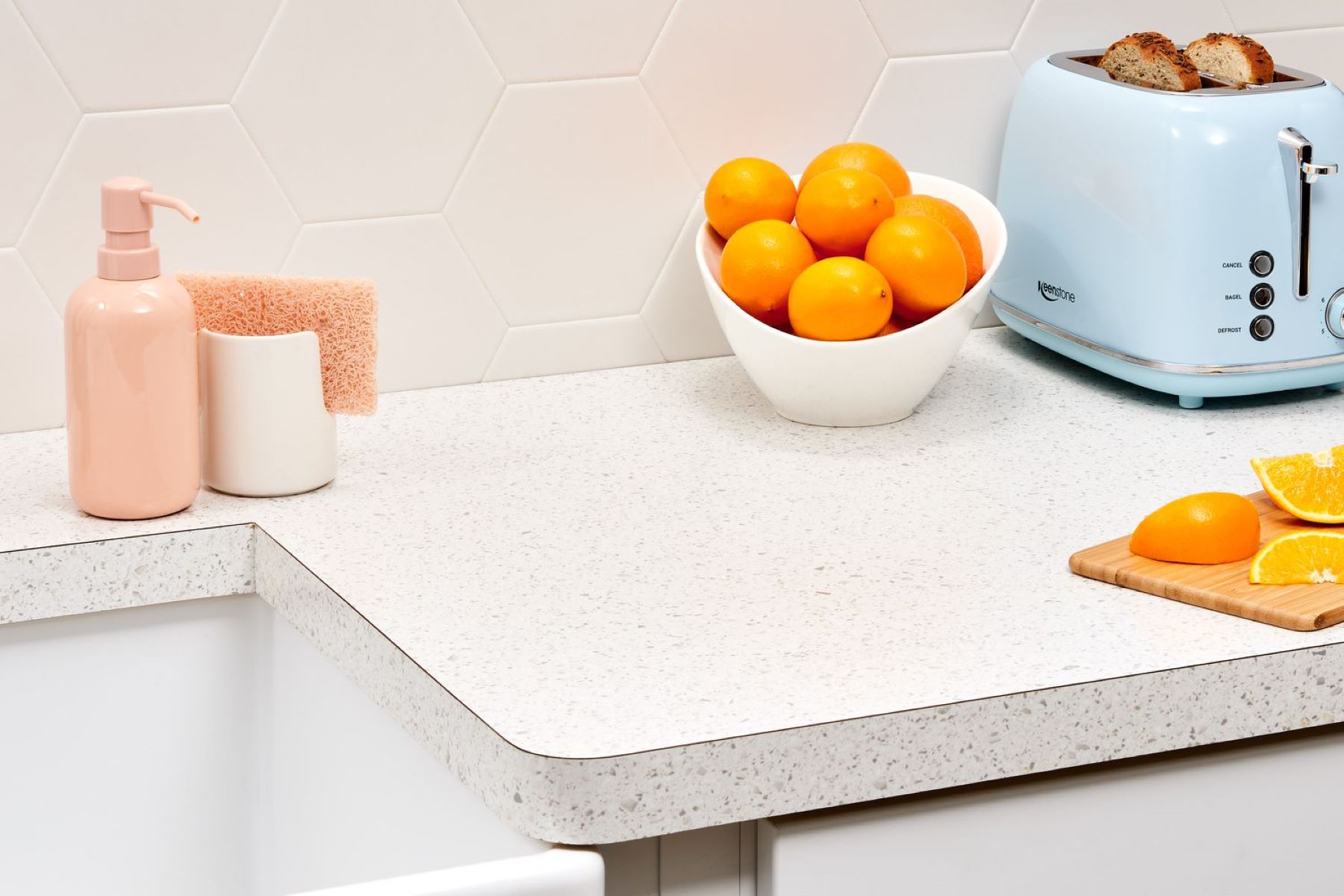
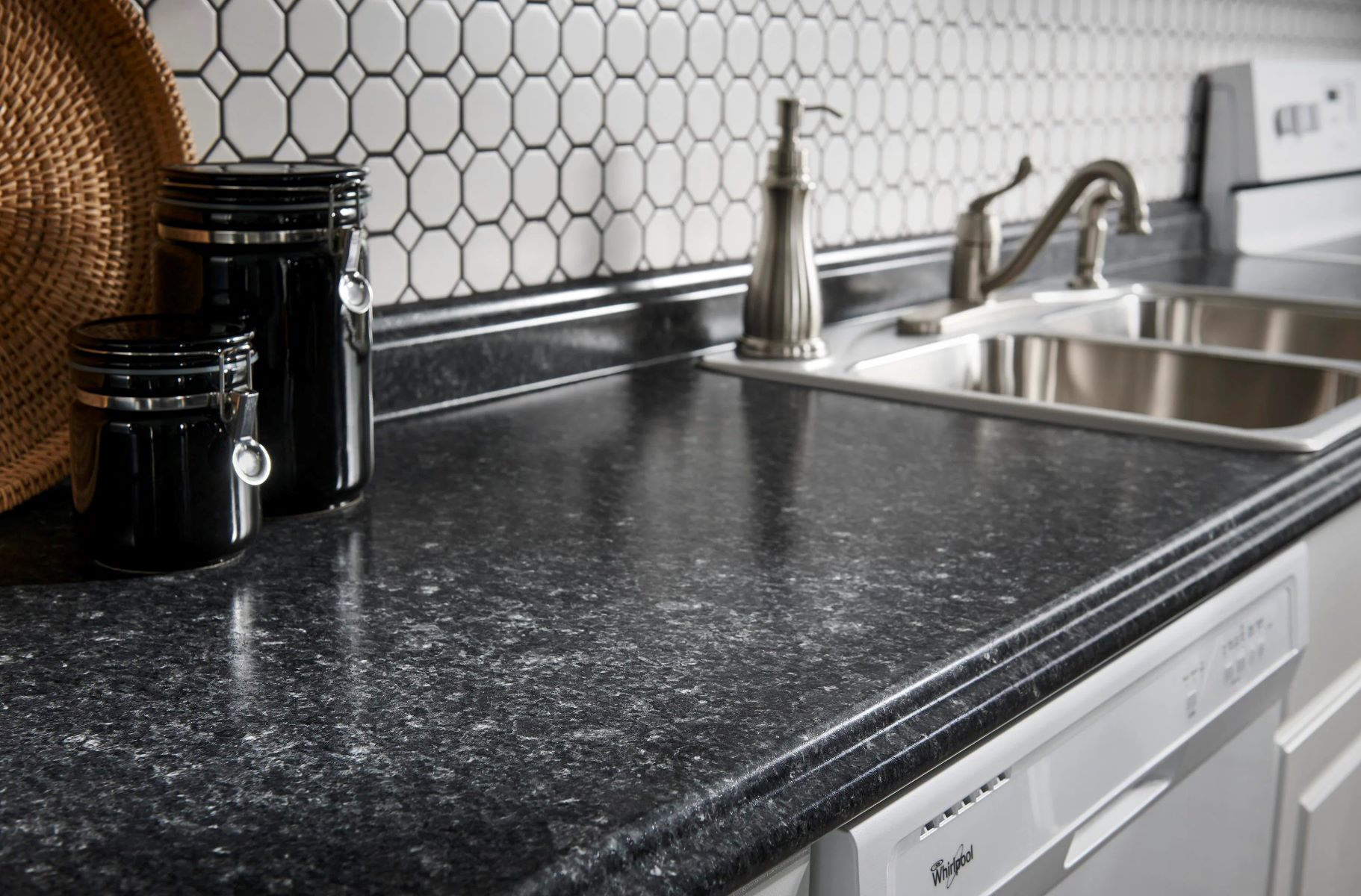
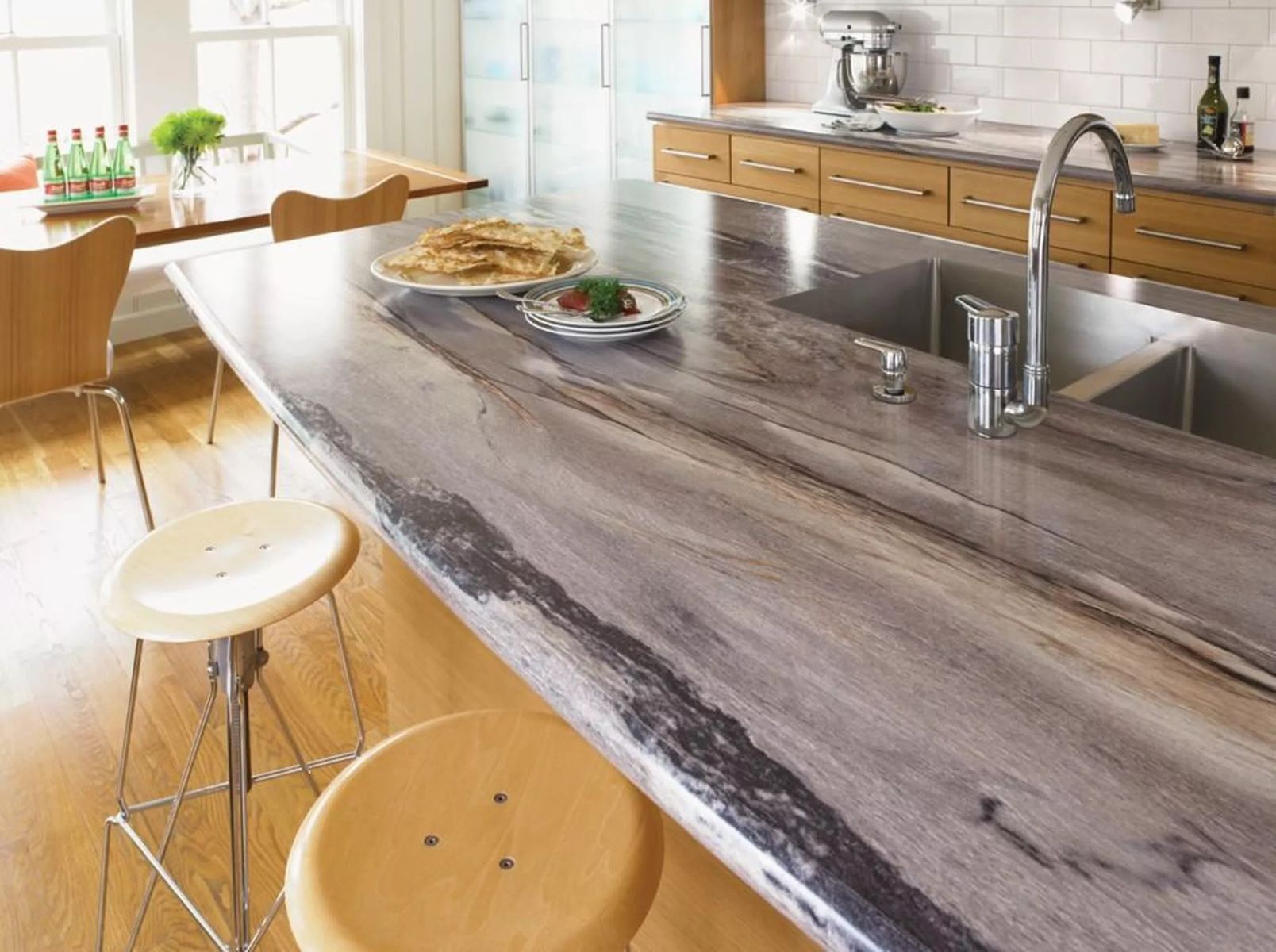
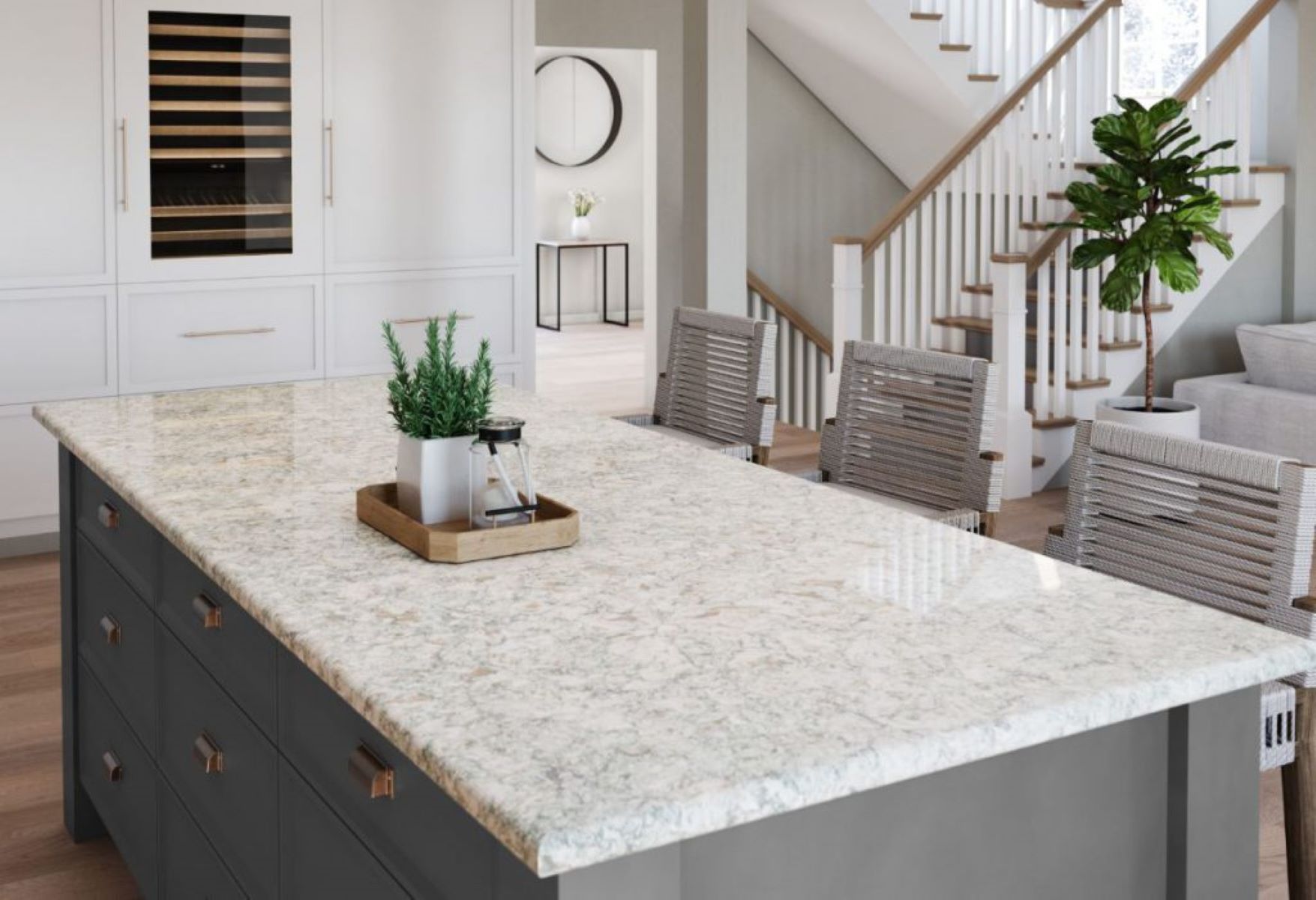
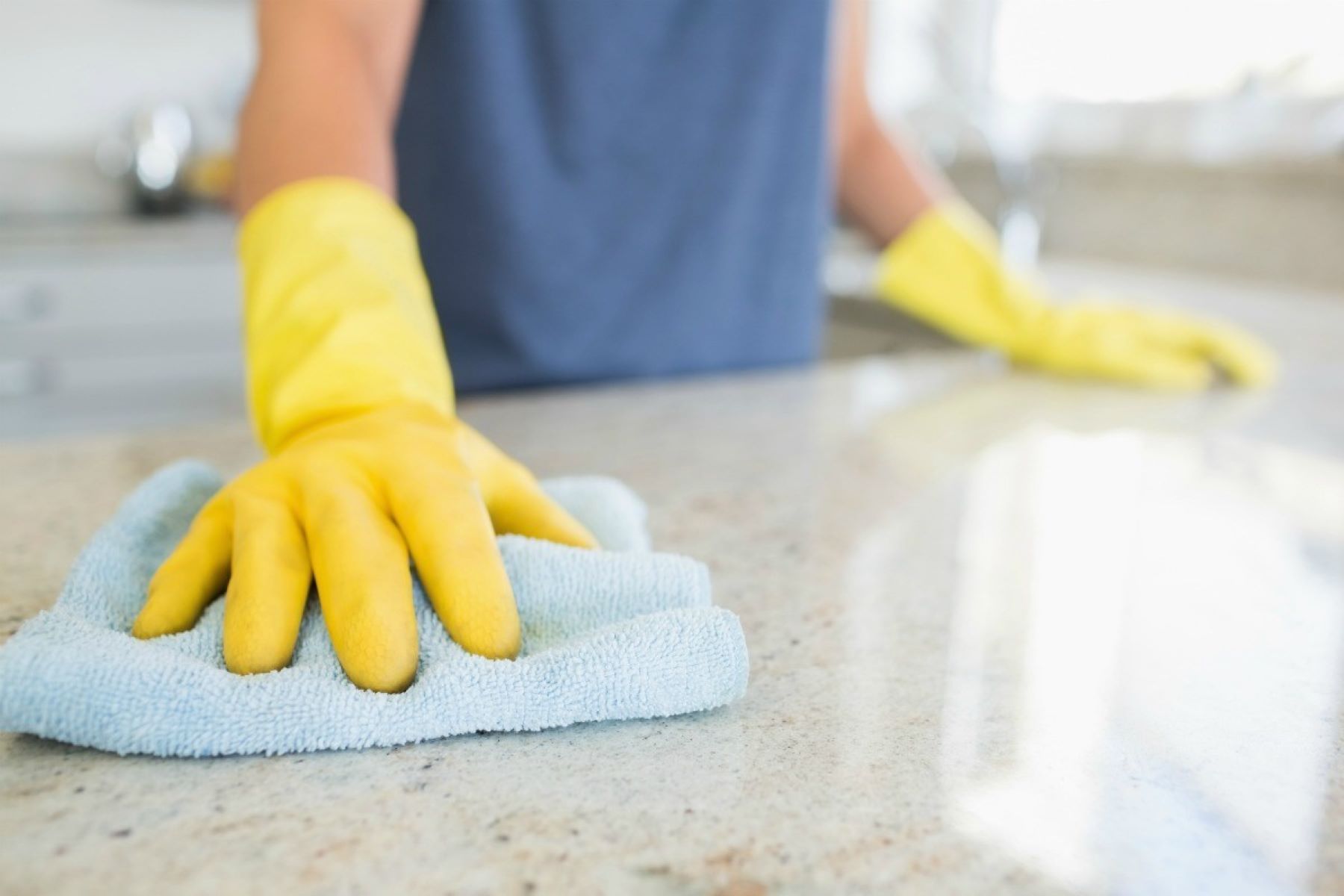
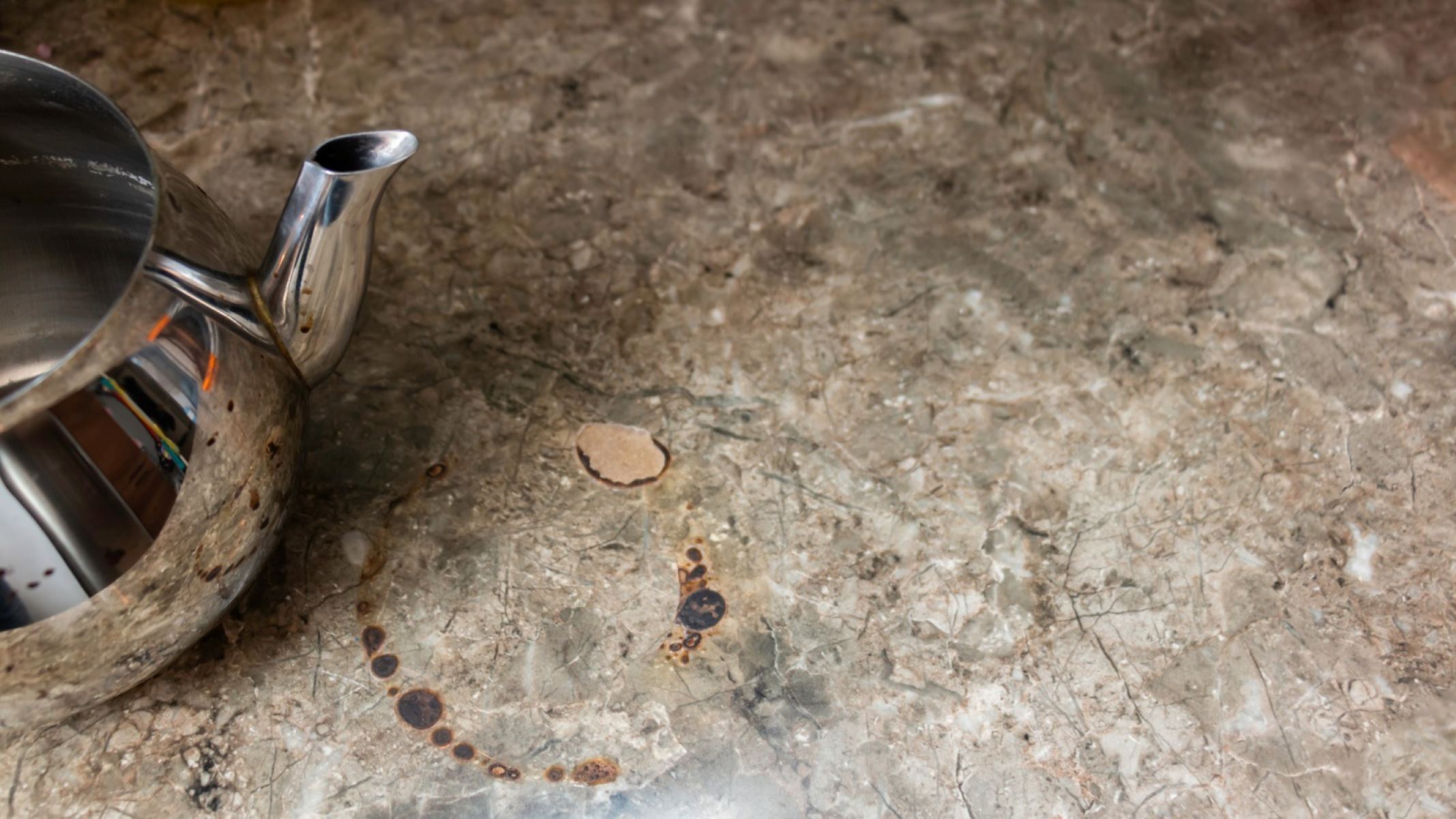
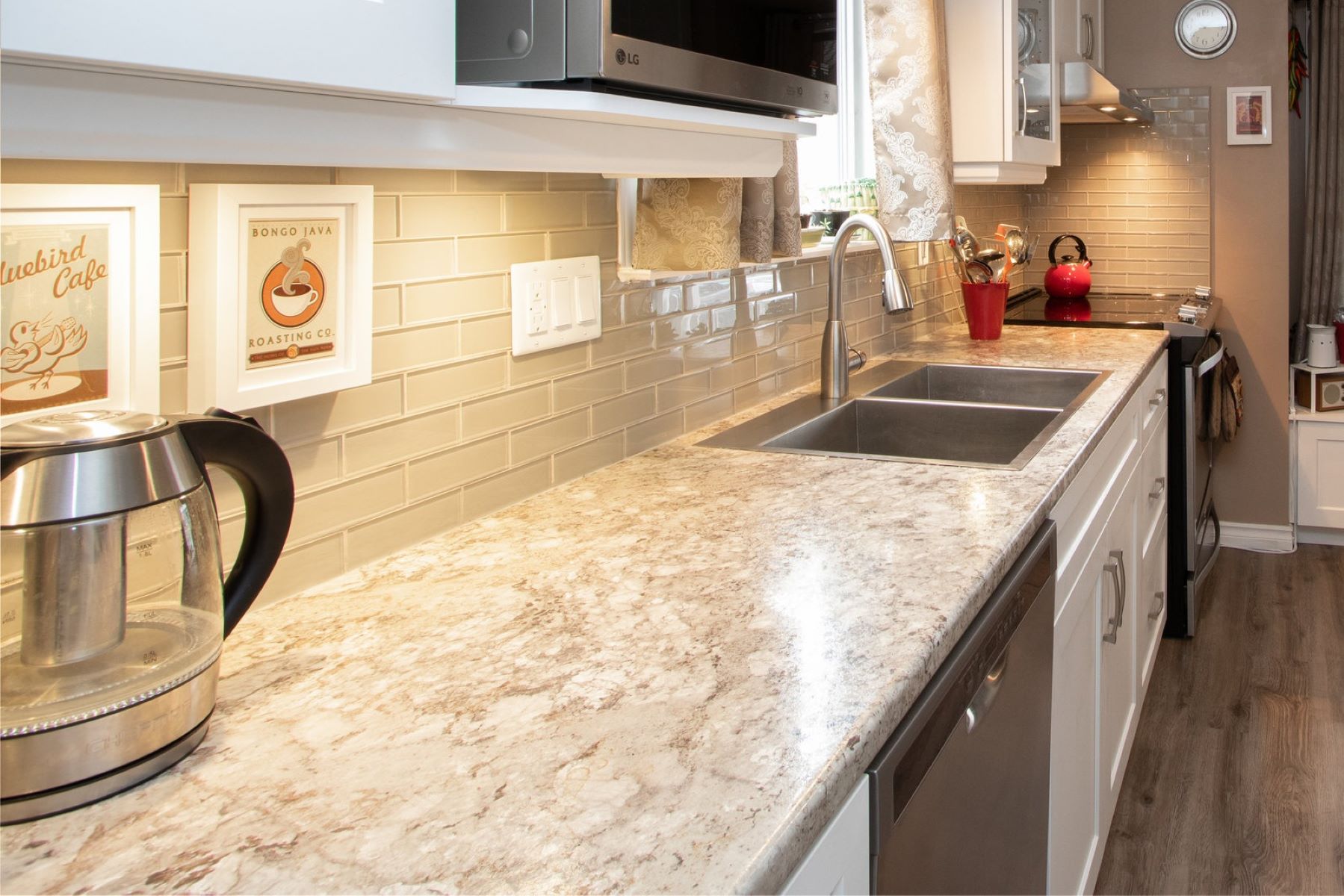
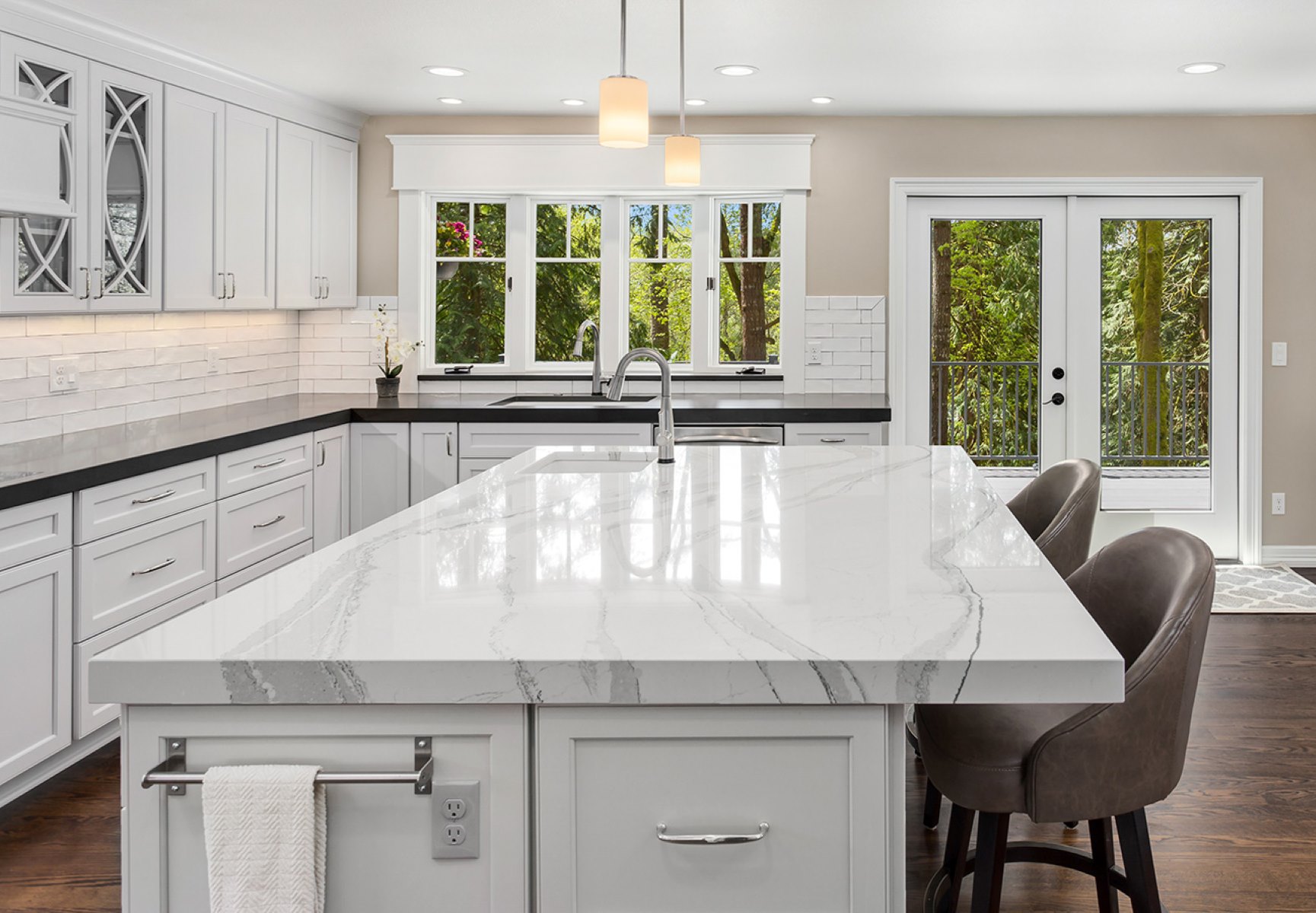
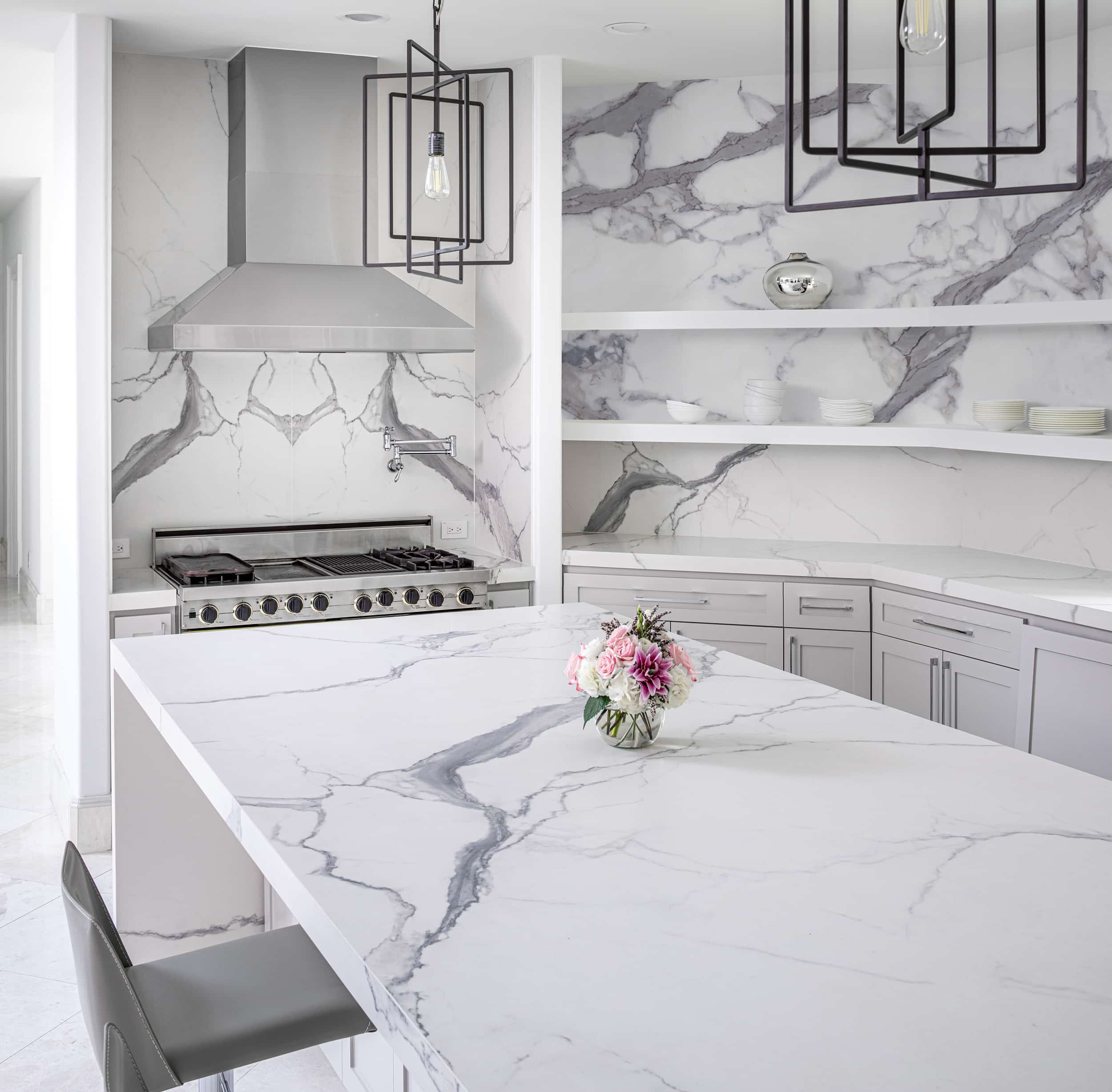
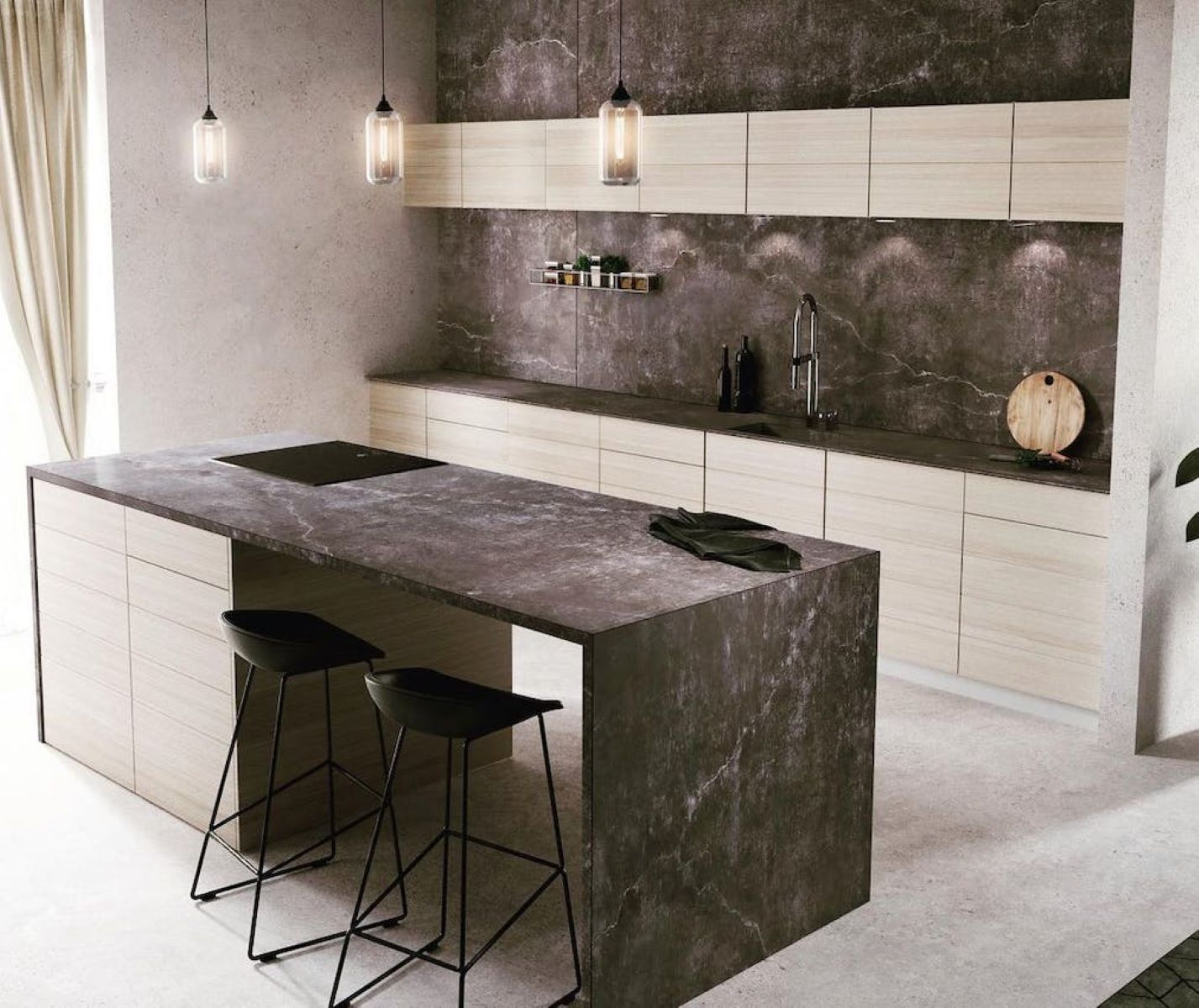
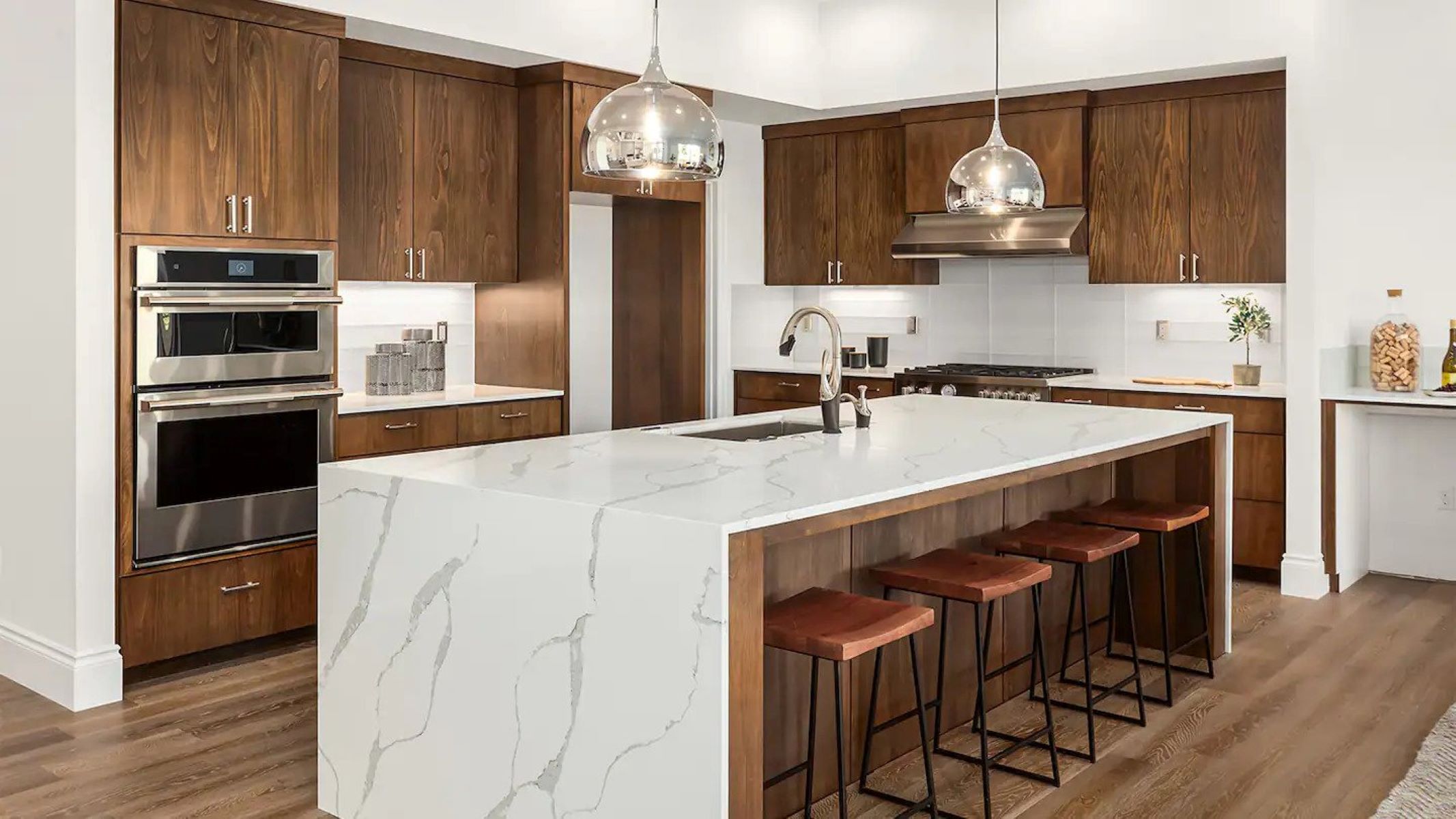
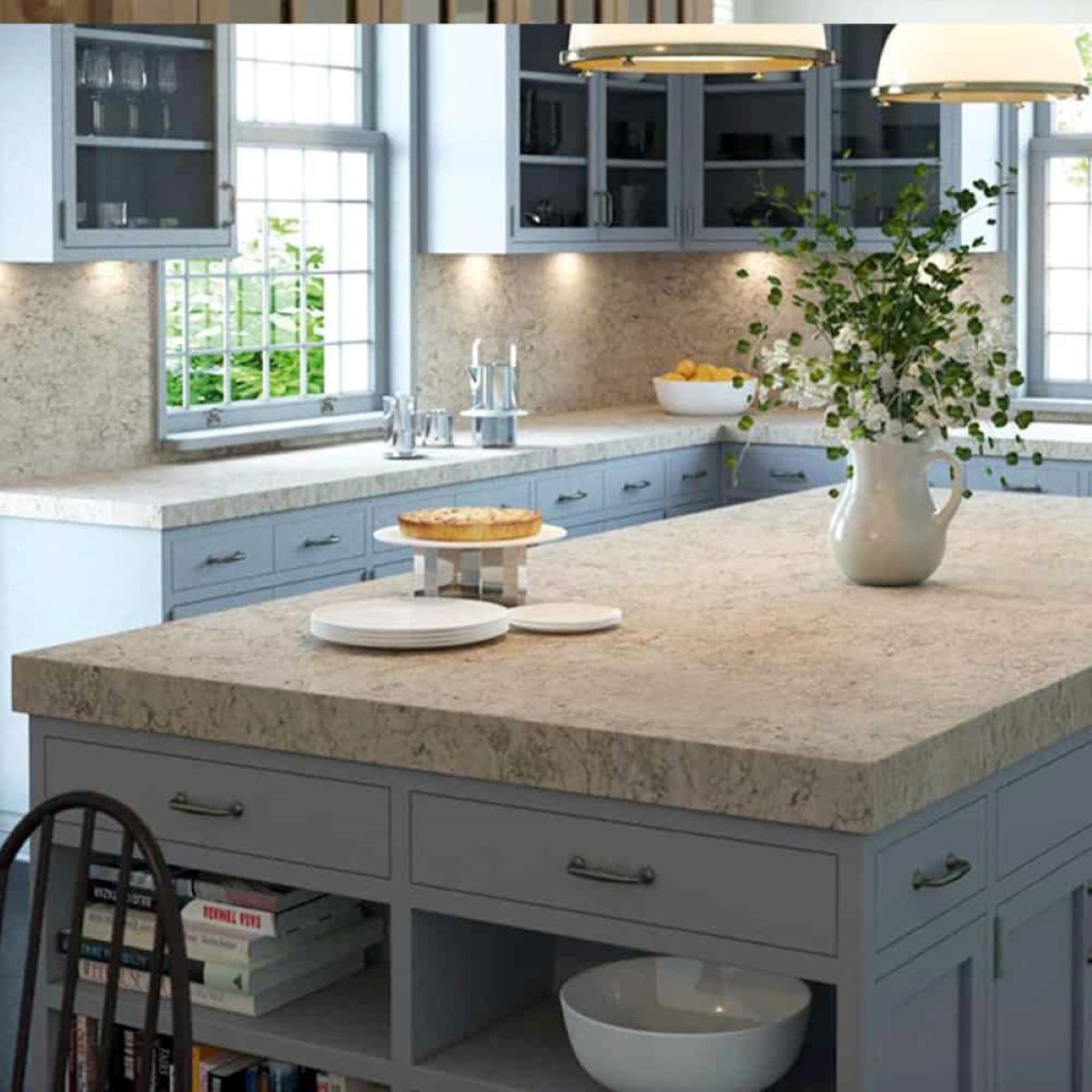
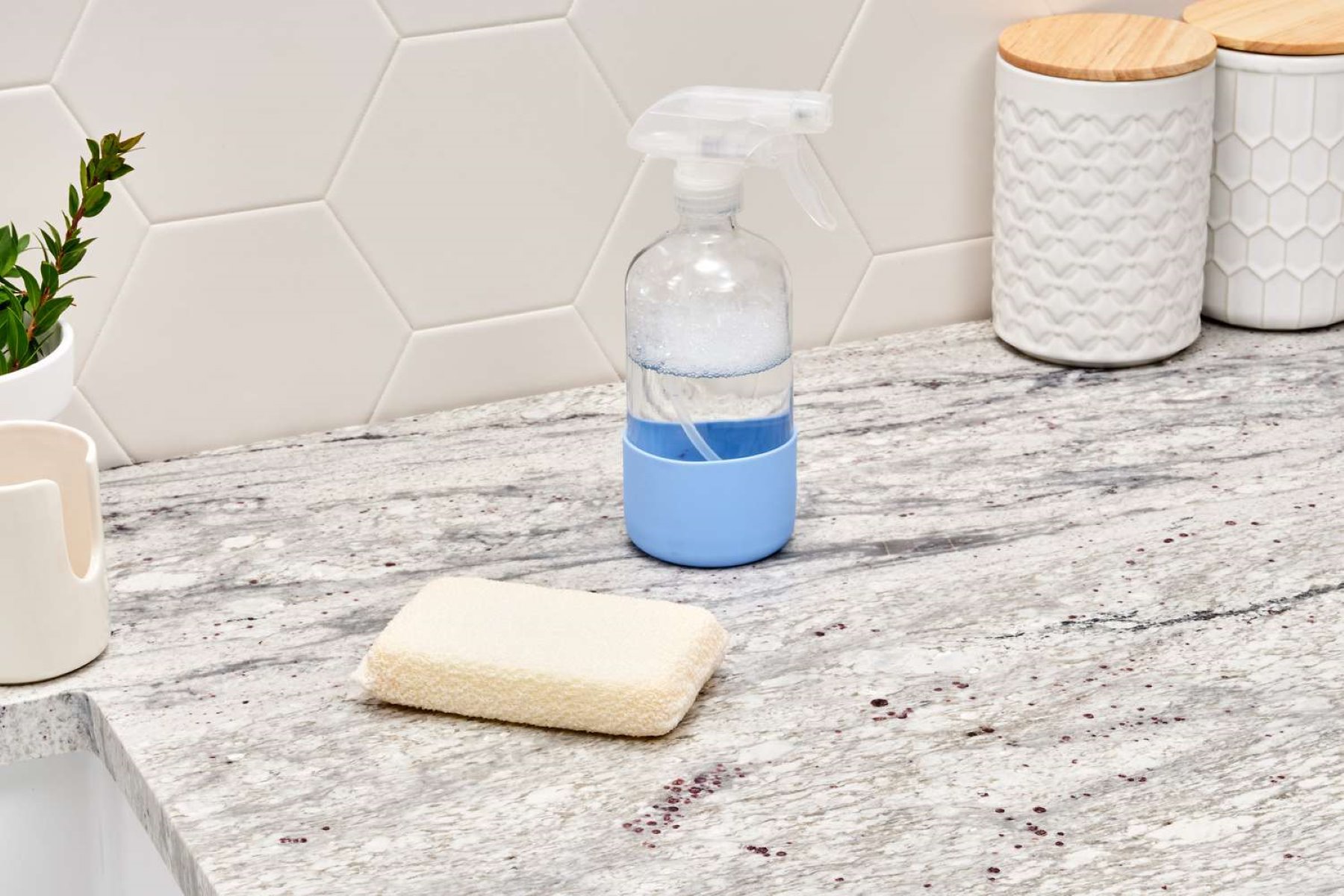
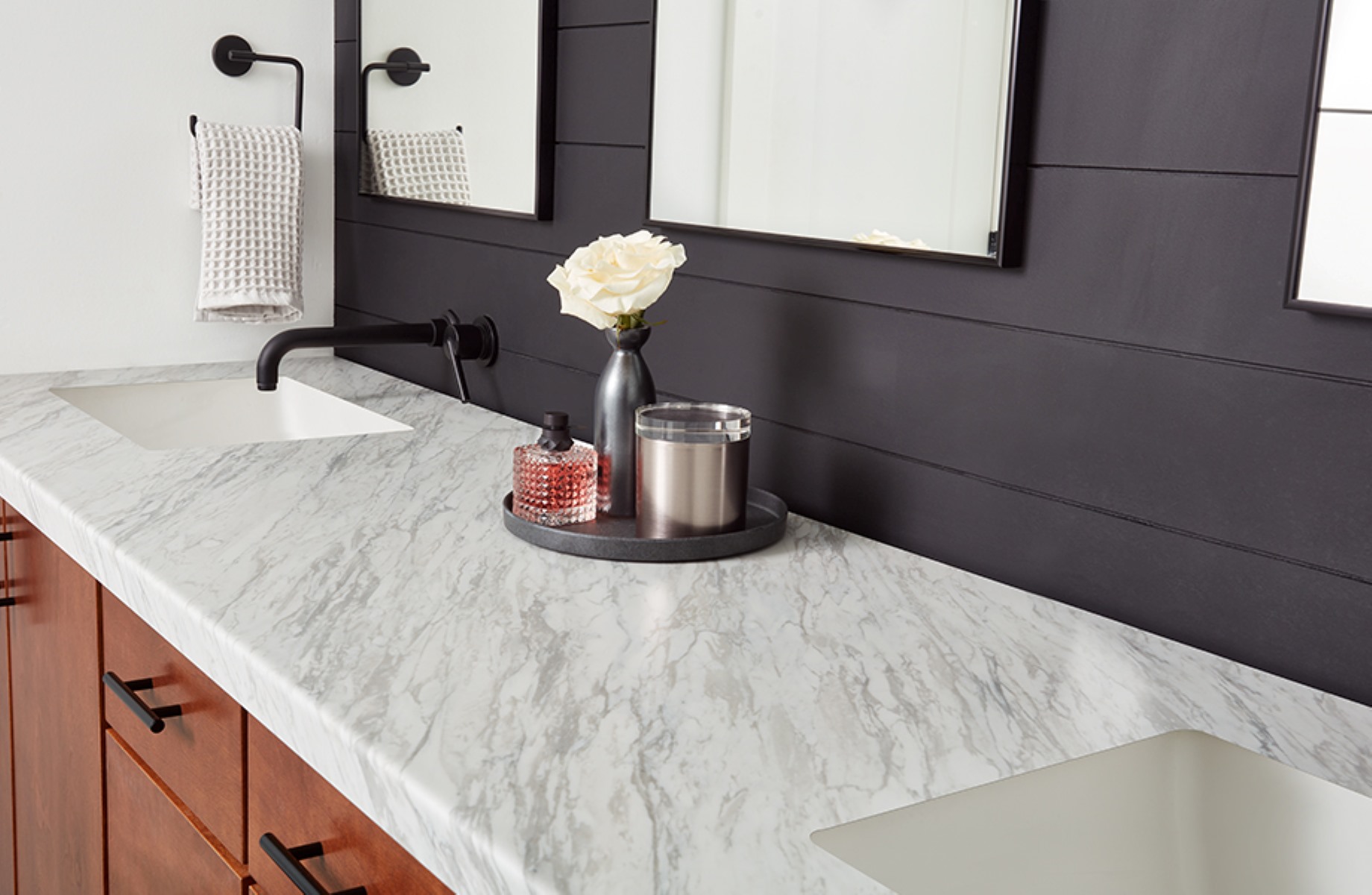

0 thoughts on “What Are Formica Countertops”